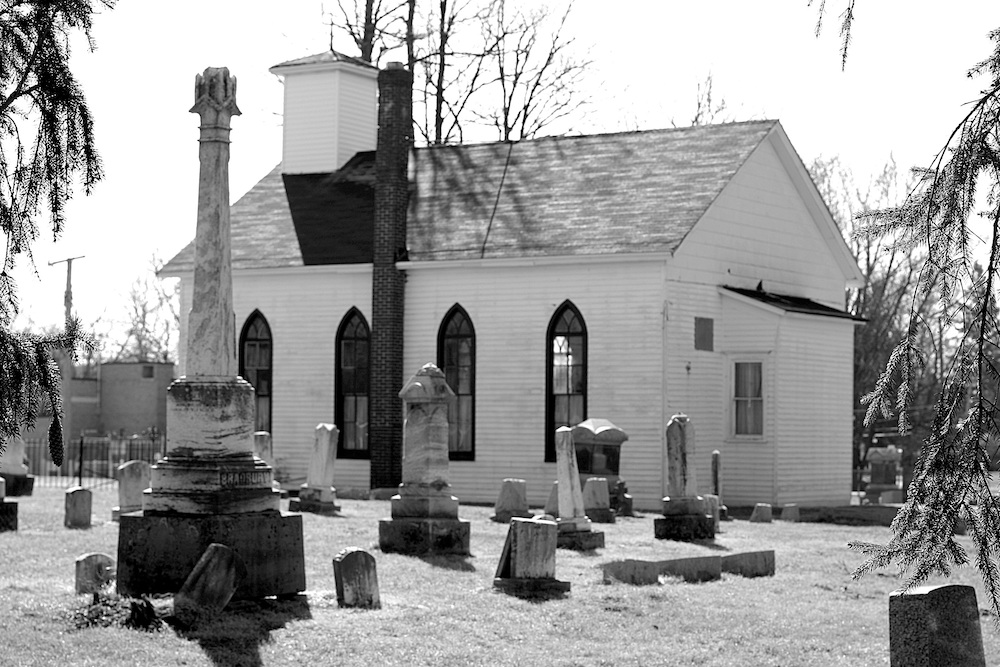We live in a death-denying and death-defying culture. We know, on an intellectual level, that one day we will die, yet we tend to avoid contemplating this inescapable truth more than is strictly necessary. For modern people, death is an abstraction, a problem that can be solved with the right diet, workout regimen, or technology. Twenty-first century American society, with its endless distractions and constant stream of entertainment, seems designed to aid us in our quest to ignore or transcend the fact that we are subject to death. Our lives are spent waging a futile war against our inevitable end, and then we die.
Login to read more
Sign in or create a free account to access Subscriber-only content.
Topics:
